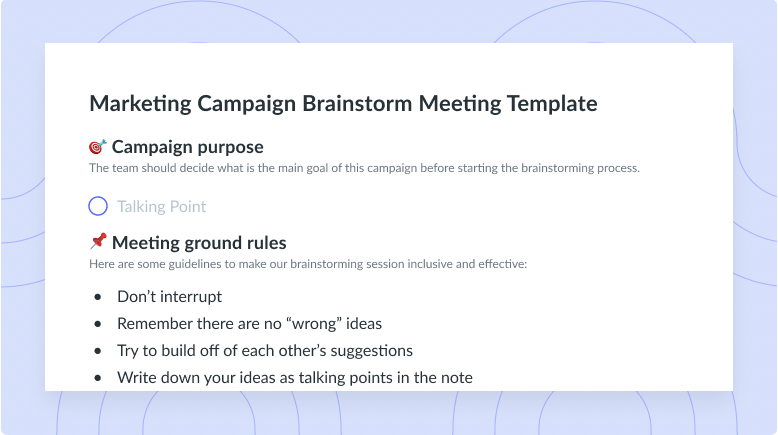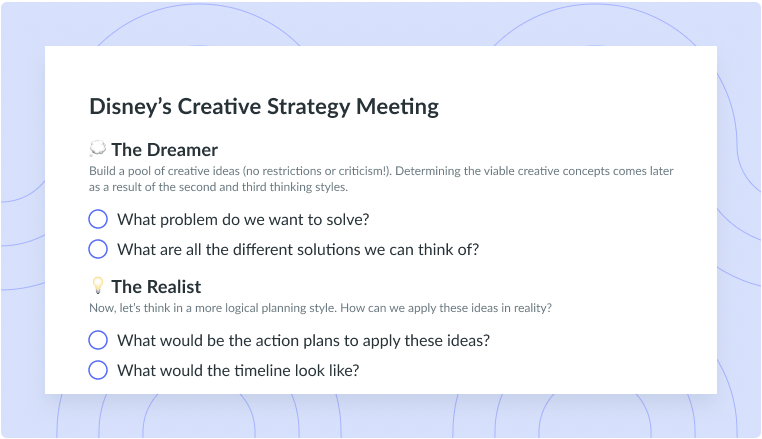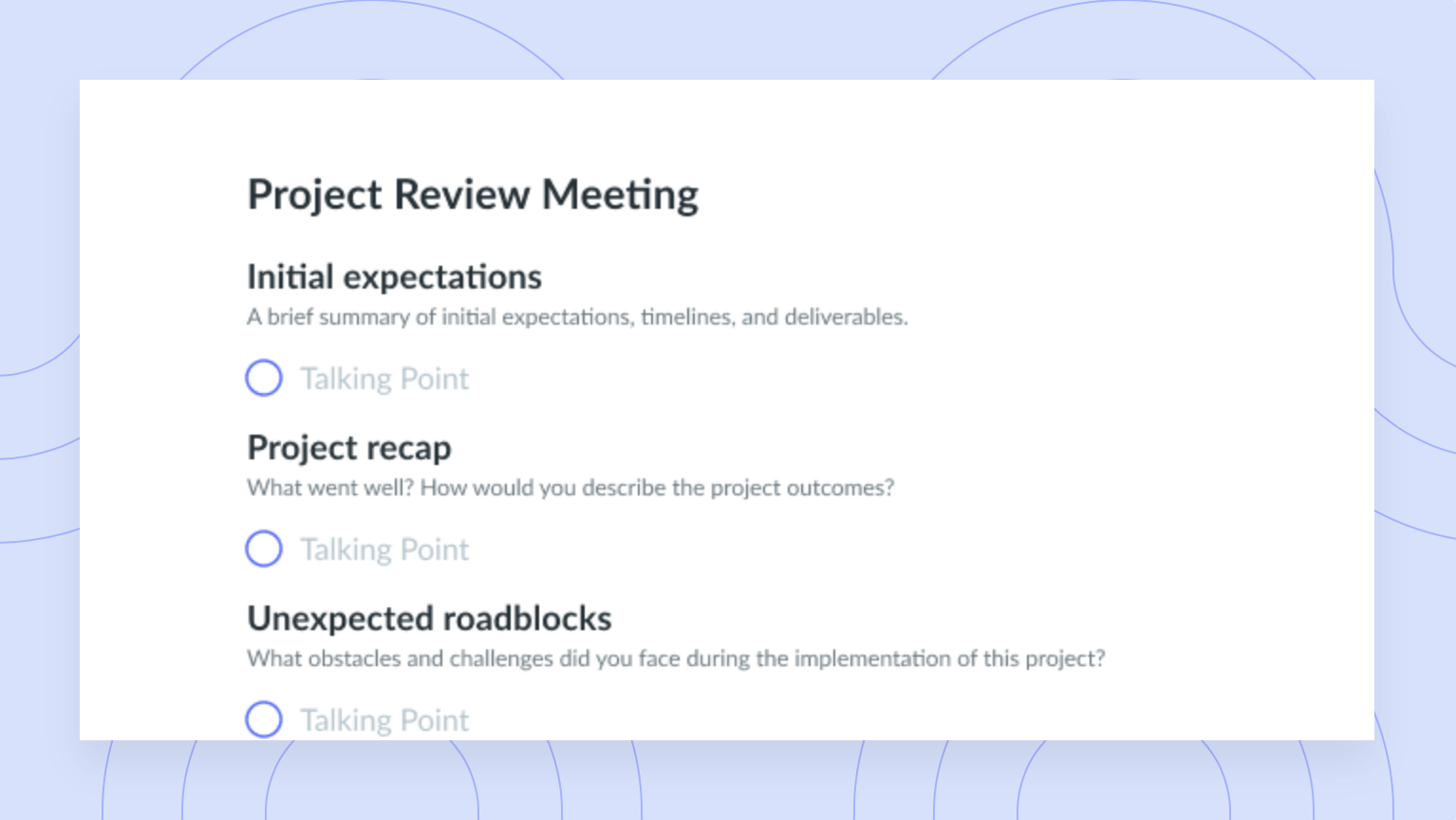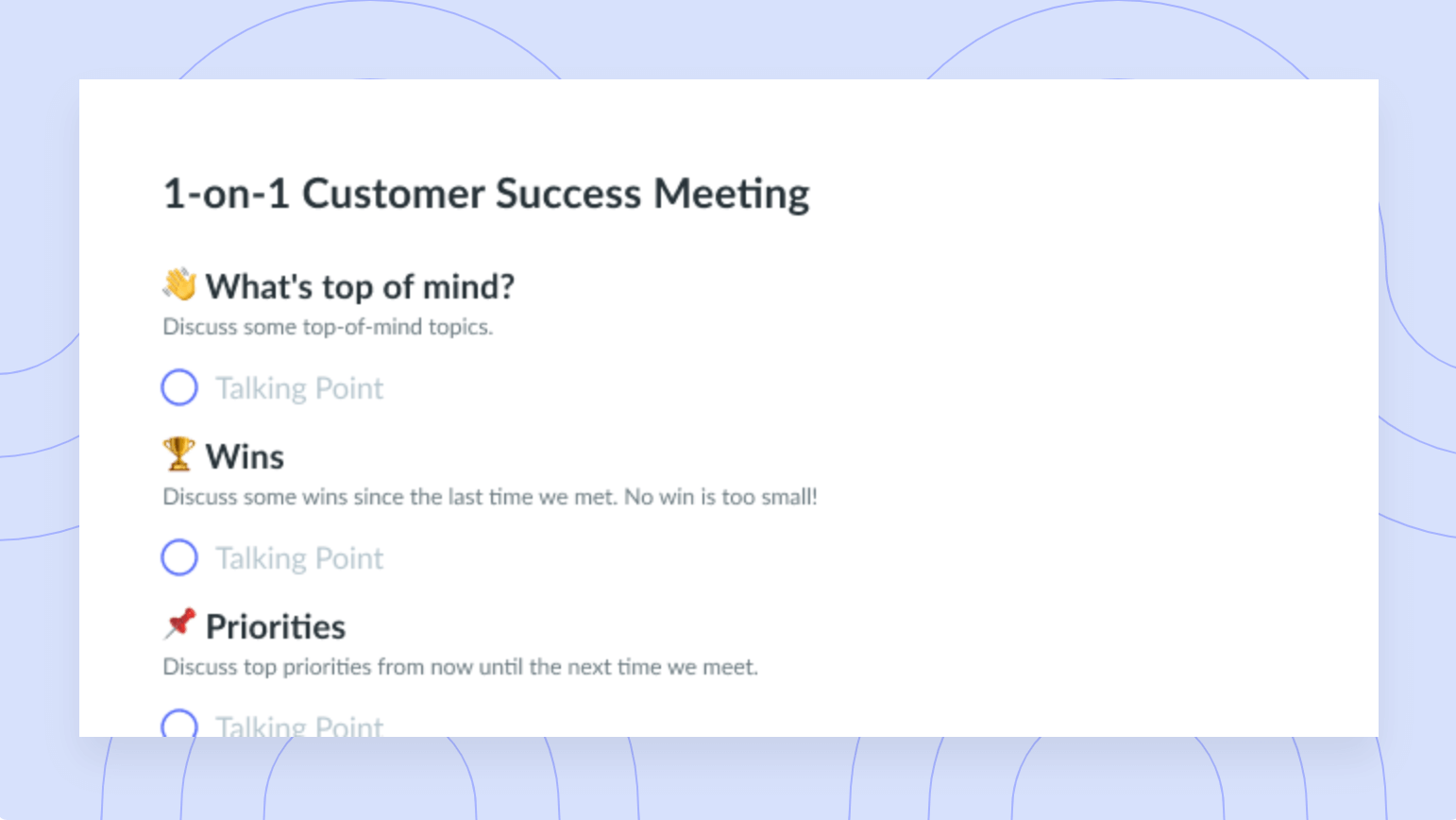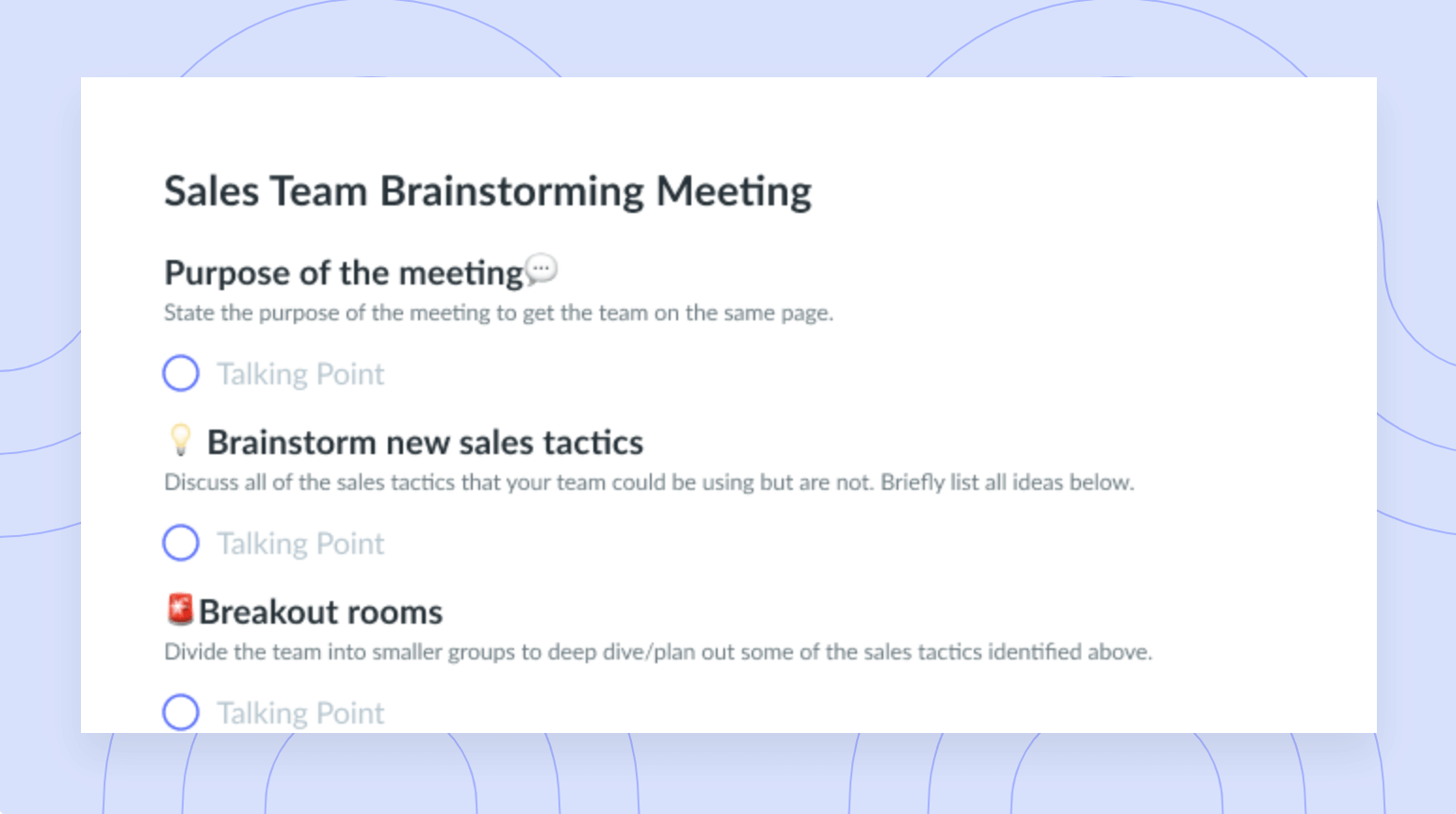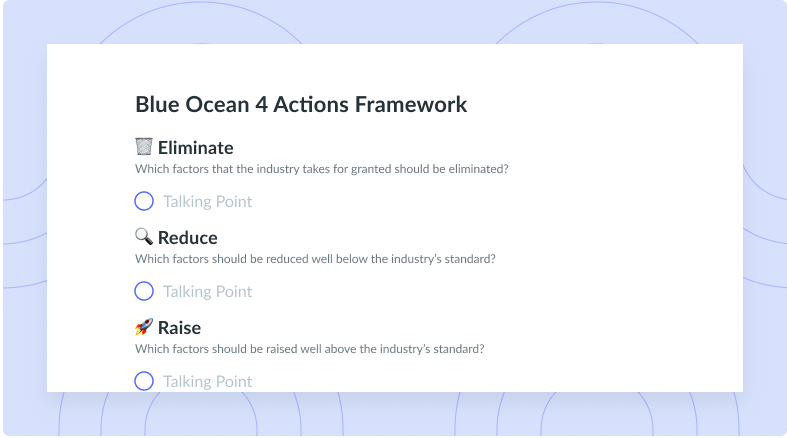Innovation: Is your management style helping or hurting your team’s creative spirit?
Your team isn’t innovating, being creative, or coming up with shiny new ideas anymore – maybe the problem is you.
Ah, innovation – many would say it’s one of the most overused buzzwords of our time. What does it mean to innovate or have a company culture centered on innovation? And more importantly, why do it anyway?
If you ask the experts, innovation can be defined quite simply as “new or better ways of doing valued things.” And in general, as a society we need to innovate to remain competitive in a global economy.
Likewise, inside companies and organizations it’s important to stay ahead of the curve and of our competitors in order to be profitable, successful, and poised for growth. Understandably then, many leading companies continually look to recruit top-notch people who have innovative mindsets, entrepreneurial spirits, and aren’t afraid of big ideas and the possibility of failure.
Don’t be fooled though – innovation isn’t only important for top-tier tech companies and those working in science, medicine, and engineering. Innovation happens everywhere and it is needed everywhere. Creative-minded people are innovating all around us whether it’s to products, services or processes.
The one big question is – as a leader, is your management style allowing for a culture of innovation or are you metaphorically tying your people up with red tape and stifling their creativity and ability to innovate at every turn?
If you’re not sure, it’s possible you’re falling into some of the following classic management traps that could seriously hurt your team’s creative spirit.
- Trap 1: Don’t come to me with problems, come to me with solutions
- Trap 2: That was all my idea
- Trap 3: We’ve always done it this way
- Putting it all together – A surprising example of process innovation
Trap 1: Don’t come to me with problems, come to me with solutions
Do you say this to your team? Most of us probably have – I certainly used to. And what’s more is that all of us were probably taught that this is one of the best things you can say to your direct reports. It helps develop problem-solving skills, it helps them think through risks and weigh options, and ultimately it saves you – the boss – a bit of time.
The main problem is that all of your employee’s thinking is happening without you and they might spend quite a bit of time fleshing out a really terrible idea.
As Kim Scott brilliantly points out in her book Radical Candor, by asking direct reports to bring you solutions (and usually name their preferred solution), you’re essentially asking people to make decisions before they’ve even had time to think things through.
I don’t know about you, but I can’t even count the number of times I was told to go away, think about a problem and come back with my top three solutions including my suggested recommendation. And 99% of the time, by the time I got back into my boss’s office we didn’t land on A, or B or C – we landed on B with a wee bit of C and a sprinkle of A, an answer that we likely would have arrived at anyway if we just spent 10 minutes in a room together talking it out.
Now I’m not suggesting that bosses walk their direct reports through each problem they encounter or set up large brainstorming sessions to tackle any and all issues – that isn’t helpful to anyone, and, in fact, research shows that group brainstorming sessions can be restrictive and often result in one person’s bad idea tainting and limiting the range of others’ ideas.
Instead, what I am suggesting is a middle ground – work on creating a safe space and culture for ideas to regularly come to the table and recognize that, counter to popular belief, not all ideas are actually good ideas. And furthermore, not every problem requires your direct report to go away, think about it, and come back to you with options – sometimes it’s important to simply take some time to focus on the problem itself.
When I was completing my Master’s degree, I had a brilliant professor who taught crisis communications and she would constantly tell us to “sit with the problem” before reacting. Sometimes the problem you think you’re trying to solve isn’t the real problem at all.
Follow these four steps when coaching your direct reports to solve a problem:
1. Try talking through some preliminary options with your direct report
2. Hone in on the exact problem you are trying to solve
3. Ask them what they are thinking and what kinds of solutions they have in mind
4. Then ask them to come back with their suggested way forward fleshed out for discussion with you
In group settings, try asking people to go away independently and come back to the table with a few ideas for discussion, and be conscious of groupthink and of the extra loud voices who try to force their ideas on everyone else. If a really bad idea does make its way to the table, be polite but candid about it and have the group move on. And remember, sometimes a good idea might come up without you even realizing that there was a problem that needed solving in the first place!
Manager TL;DR Newsletter 📩
Get management tips, interviews, and best practices directly into your inbox – and become a better leader.
Trap 2: That was all my idea
This has happened to us all at some point in our careers – whether intentional, or legitimately unintentional. When someone else takes credit for your work or your idea, it doesn’t leave you with a very warm and fuzzy feeling.
In a public setting, you might be able to speak up and say light-heartedly, “Hey, I was the one who originally proposed that!” But more often than not, if someone is taking credit for your work, they’re doing it behind your back and let’s face it – it sucks.
Whether it’s you as a boss who is taking credit for the ideas of your team members, or another member of your team who is doing it to their colleagues, this behaviour stifles innovation and the creative process (plus it’s rude!). When people feel like their ideas are being stolen from them, it leads to an overprotectiveness of ideas and people are reluctant to share, further flesh out their idea, or get feedback for fear they will lose credit to someone else. In the end, everyone loses and innovation, creativity and new ideas become scarce.
What’s the solution here you ask? It’s simple – give credit where credit is due, and encourage others to do the same.
Trap 3: We’ve always done it this way
These words are the ones that get under my skin the most. Saying “we’ve always done it this way,” slams the door on creativity and innovation and indicates that you’re fearful of change, failure – or both. And suggesting that senior people in the company are the only ones who can think creatively or come up with new ideas to move the organization forward is condescending and, well, ludicrous.
While it’s true that not all employees can (or should!) be present during strategy discussions, as a boss it is your job to keep your employees aware of what’s going on inside the company and help them understand how their work contributes to the bigger picture and overarching company goals. And if you do this well, who better to contribute ideas than the people who work on the front lines?
Here’s what this looks like in practice: You have a big meeting with the CEO and the Board of Directors coming up for the launch of a new product. You know that they are going to want to launch the product out into the world the same way you always have, but you believe there are new and improved ways to reach stakeholders. Well in advance of the meeting, (yes, that emphasis was intentional as it’s not fair to ask your people to be super brilliant on a short timeline because you failed to think ahead) you consult your team for their thoughts. This could be one on one, or in a group depending on the dynamics of the team. They are the ones that will be physically launching the product into the world, and they are the ones that most likely have the best ideas about how to improve the process.
Remember, talking about innovation like it needs to be huge life-altering ideas can be counter productive. Sometimes the very best innovations are small process innovations that make work faster and easier.
Putting it all together – A surprising example of process innovation
Now that you’re aware of the potential management traps that can stifle creativity and innovation, let’s take a quick look at how creativity and problem-solving can thrive when company culture – and your management style – is properly primed for innovation.
My all-time favourite personal example of this happened one night about 6 years ago inside the busy professional kitchen of my husband’s pizzeria (yes, you read that correctly and spoiler alert: the pizza biz is my side hustle).
Anyway, I was helping out on the kitchen line and the lobby was full of people waiting for their orders to be ready. Now it’s important to know that we’ve always had a fairly modest operation – no fancy computer monitors in the kitchen, just good-old paper tickets from a noisy printer with the customer’s name, number and order. And for as long as I can remember, when someone’s pizza came out of the oven, we would call out the name on that paper ticket to see if that person was indeed among the people anxiously waiting in the lobby. The trouble is, on the busy nights it was very easy to lose track of who was waiting, which names you’ve already called out, and to complicate things further, new customers were continuously arriving.
On this night, in the midst of all the mayhem, one of our young cashiers calmly came into the kitchen with a list of customer names and said, “It’s nuts out there and I have an idea.” She proceeded to place tiny checkmarks with a sharpie on all the paper tickets belonging to the customers who were waiting in the lobby. My mind was blown – why had we never thought of this before? It was so simple and so life altering all at the same time. No more shouting the names of the customers, no more appearing to be disorganized and panic-driven, this tiny little process innovation shifted our overall operation so significantly, that now, 6 years later, we can’t imagine life without it.
As important as this innovation was, what’s more important was that this young cashier felt empowered and safe enough to share her idea – and in a moment where all of us were under serious pressure no less. It didn’t matter that we had always operated a specific way, and it didn’t matter that she wasn’t a tenured chef either – she had a great idea and she continues to be credited for it to this day.
In the end, it’s vital to remember that if you want great ideas out of your people, it’s not enough to simply hire the best and the brightest. As a boss and a leader, it is your job to create a culture where everyone can bring ideas to the table, where credit is readily given, and where creative conversations about a problem – and not just their solutions – is valued.










